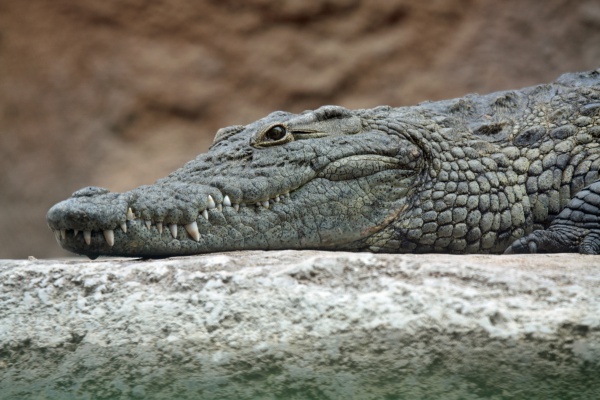Facts About Crocodile
Crocodiles, often referred to as true crocodiles, are captivating large semiaquatic reptiles found across Africa, Asia, the Americas, and Australia. They belong to the subfamily Crocodylinae within the order Crocodilia. This discussion focuses exclusively on the Crocodylinae subfamily, omitting other members of the Crocodylidae family.
What distinguishes crocodiles from their relatives, such as alligators and gharials, are their unique physical characteristics, including the shape of their heads, the arrangement of their teeth, and the webbing on their hind feet. Renowned for their aggressive nature, crocodiles inhabit both land and water environments and maintain a carnivorous diet that includes fish, reptiles, birds, and mammals.
Crocodiles are exceptionally adapted to their aquatic and predatory lifestyle. They possess streamlined bodies, webbed feet, and specialized skin, making them proficient swimmers and hunters. Their senses—vision, olfaction, auditory perception, and tactile sensitivity—are highly developed. As adept predators, crocodiles employ ambush strategies and powerful bites to capture their prey. Notably, they have the most acidic stomach of any vertebrate, enabling them to digest bones and tough tissues effortlessly. They exhibit remarkable agility both on land and in water, utilizing various locomotion techniques.
Regarding reproduction, crocodiles lay eggs in nests, and the incubation temperature determines the sex of the offspring. The mother, and occasionally the father, provide care for the young. Crocodiles exhibit notable intelligence; they have been observed participating in cooperative hunting and even using tools. They maintain a social hierarchy and communicate through diverse vocalizations.
Crocodiles hold considerable cultural significance in various religions and folklore around the world. Human interactions with crocodiles range from the dangers posed by larger species to the commercial exploitation of crocodile products, such as leather and meat. The term "crocodile tears" also originates from cultural references. While crocodiles are protected in many regions, they are also farmed for their valuable products.
In terms of taxonomy, crocodiles belong to the genus Crocodylus, which includes several species, both extant and extinct, represented by different genera. They have a complex evolutionary history and play crucial roles in ecosystems and human societies worldwide.

 Kenya
Kenya